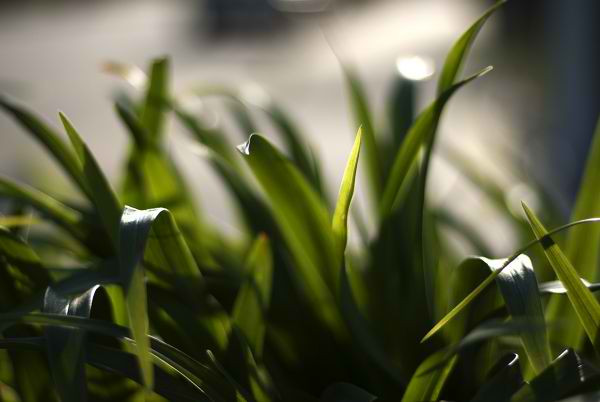Summer is officially here! It’s time to fire up the barbeques, hit the beach, and capture great images of everything we are doing. The extra hours of sunlight and nice weather give us more opportunity to get out and take photos. But make sure you are prepared and know how to deal with the varying light conditions throughout the day. Below are some techniques you can use on how to make the sun work to your creative advantage:
Lens flare is generally caused by light reflecting off the internal glass elements in your lens when your camera is pointed toward a bright light source. Usually lens flare is something you try to avoid when taking a photo, but it can also add style to your photograph. How much lens flare is right for the photo is up to the person behind the camera, but make sure the flare is not taking away from the main subject of your photograph. When trying to capture lens flares, your camera will try to expose for the bright light source it is pointed toward. Shoot in manual mode or use the exposure compensation in your camera to get the exposure right and the amount of lens flare you want in your photo.
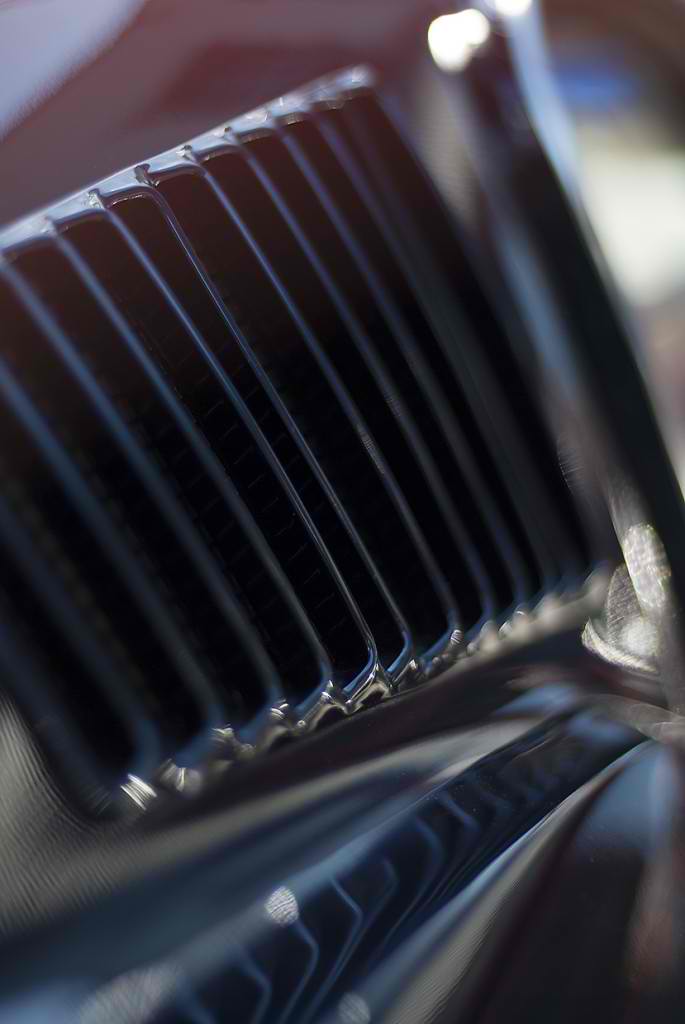
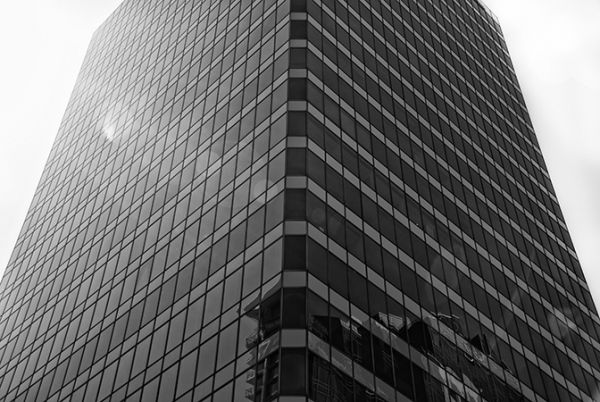
Backlighting can help complement your photos on a bright day and create interesting images. Whether you completely underexpose your subject and create a silhouette or balance the light so your subject is still illuminated with the light streaming in behind, it can create a very nice look to images. If you are photographing flowers or foliage, backlighting can give the plants an almost translucent like appearance and show details that may not be visible under normal lighting.
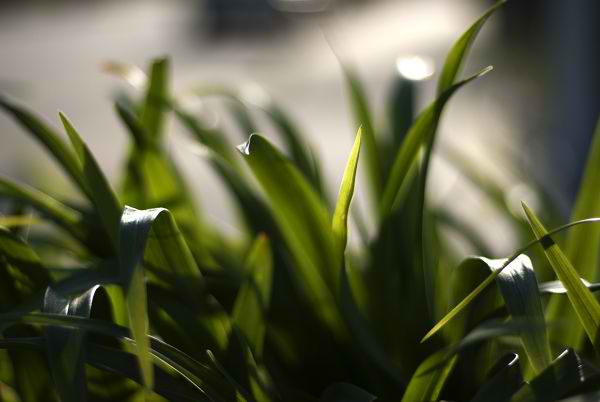
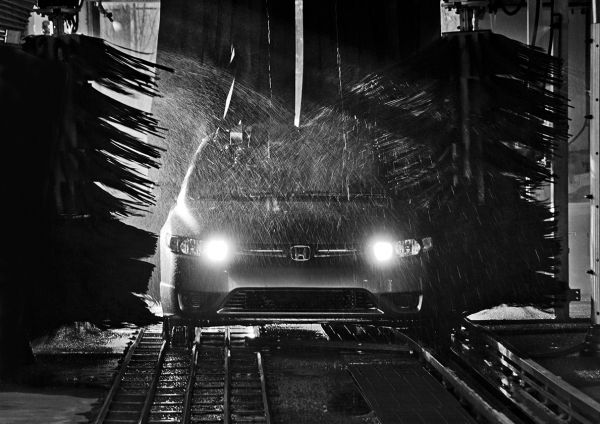
The Golden Hour is a term commonly used in photography to describe the first hour after the sun rises, and the last hour before the sun sets. During this time the sun casts rich golden tones and has a very soft appearance. If you are planning a portrait session, this is the time to do it!
Harsh Shadows and overblown highlights can make it difficult to capture the finer details in your images, but knowing how to manage them will make you more versatile in all lighting conditions. There are a few ways to avoid losing the details in your photograph. You can use fill flash or a reflector to open up the shadows (this is particularly useful when backlighting an image). If your subject is mobile, look for shaded areas and shoot from the shade towards the light, or if possible come back at a later hour or earlier the next day when the sun will be in a different position to your subject.
While spending the day shooting in the sun can be fun and relaxing, always make sure to properly protect yourself. Drink lots of water, bring sun screen, and protect yourself from the sun as best as possible. Have a great summer!


